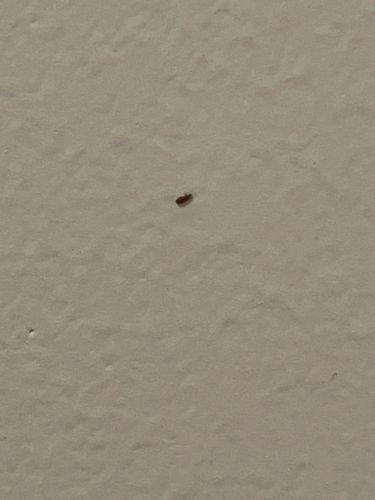Larder Beetle
Scientific Name: Dermestes lardarius
Order & Family: Coleoptera, Dermestidae
Size: 7-9 mm (0.28-0.35 inches)

Natural Habitat
Often found indoors in pantries, kitchens, or areas storing dried food products, taxidermy, or animal products. Outdoors, they can be found in nests of birds or mammals, or around decaying carcasses.
Diet & Feeding
Scavengers, feeding on cured meats, cheese, dried pet food, furs, hides, taxidermy, and other animal products. Larvae are particularly destructive feeders.
Behavior Patterns
Larvae are often found in dark, secluded places near their food source. Adults are attracted to light and may be seen flying around indoors. They undergo complete metamorphosis; females lay eggs on suitable food sources, and larvae feed and then pupate in cracks or crevices, sometimes boring into wood or other materials.
Risks & Benefits
Risks: Can be a serious pantry pest, contaminating and damaging dried food products, furs, and other animal materials. Their boring activity during pupation can damage wooden structures. They do not pose direct health risks to humans through biting or disease transmission. Benefits: In natural environments, they play a role in decomposition by feeding on carrion and dried animal remains.
Identified on: 9/23/2025